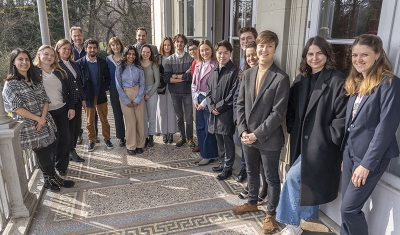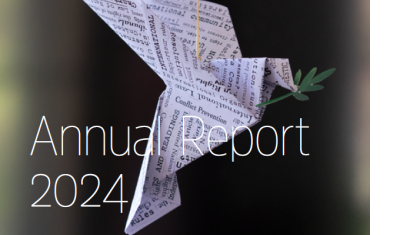Extraterritorial Non-International Armed Conflicts: Classification and Applicable Law
Event


ICRC
Extraterritorial non-international armed conflicts, i.e. an armed conflict where a state uses force against a non-state armed group located in another state’s territory, give rise to new challenges for international humanitarian law (IHL).
One of these challenges concerns the classification of the situation. A minority still argues in favour of a single international armed conflict, but a majority now agrees to classify such a use of force as a non-international armed conflict. Nonetheless, if the territorial state does not consent to the use of force by the foreign state, the proponents of a single non-international armed conflict disagree with the advocates of the so-called double classification, i.e. parallel international and non-international armed conflicts. Depending on the approach chosen for classification, the applicable law for belligerent acts might differ. In addition, the extraterritorial dimension of the situation could be problematic regarding the applicability of some IHL treaties, such as Additional Protocol II to the Geneva Conventions.
This event proposes to discuss these current issues on classification and applicable law under IHL.
Moderators
- George Dvaladze, Teaching assistant at the Geneva Academy
- Pavle Kilibarda, Teaching assistant at the Geneva Academy
Panelists
- Pauline Lesaffre, FNRS (Fund for Scientific Research) Research Fellow, PhD Candidate in IHL and Teaching Assistant in Public International Law at the University of Louvain (Belgium), Visiting Researcher at the Geneva Academy
- Anne Quintin, Legal Training Adviser, International Committee of the Red Cross (ICRC), Visiting Lecturer, Sciences Po Paris, and PhD Candidate in IHL at the University of Geneva








